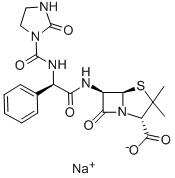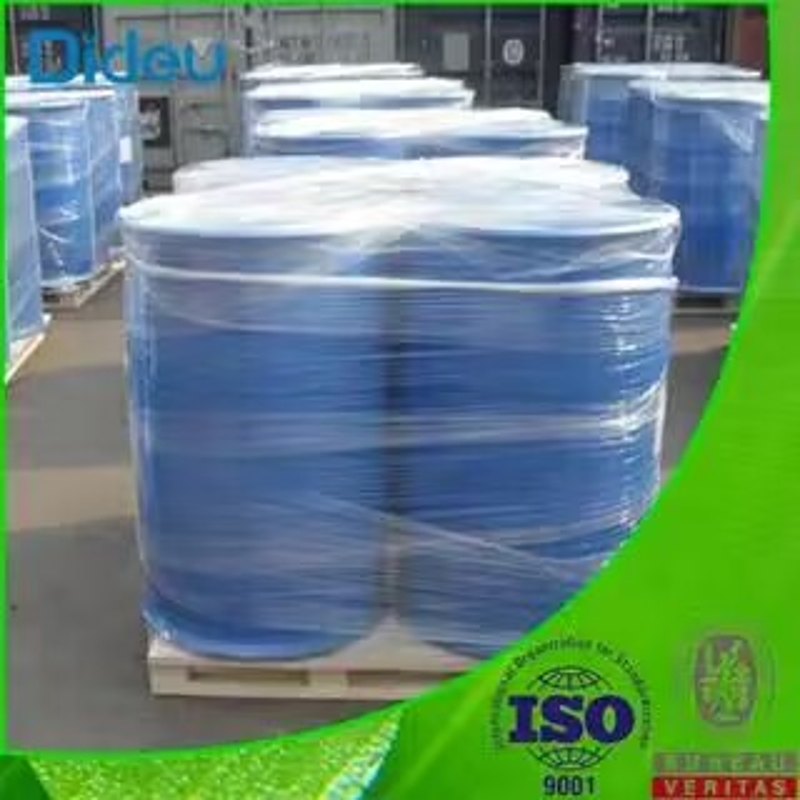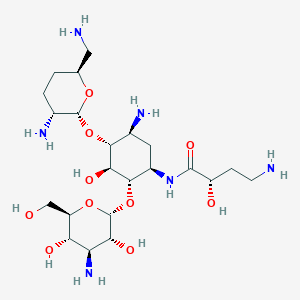Active Pharmaceutical Ingredients
- • Respiratory Drugs (112)
- • Hormones and the Endocrine System (273)
- • Antipyretic Analgesics (165)
- • Antiallergic Drugs (103)
- • Antiparasitic Drugs (127)
- • Antibiotics (530)
- • Antineoplastic Agents (287)
- • Anesthetic Agents (79)
- • Urinary System Drugs (51)
- • Other Chemical Drugs (913)
- • Synthetic Anti-infective Drugs (587)
- • Nervous System Drugs (345)
- • Fluid, Electrolyte, and Acid-base Balance (48)
- • Vitamins and Minerals Medicines (102)
- • Digestive System Drugs (194)
- • Blood System Drugs (85)
- • Circulatory System Drugs (410)
- • Diagnostic Agents (58)
- • Specialty Drugs (108)
- • Drug Metabolism (22)
- • Feed Additive (21)
- • Anti-stress Drugs (1)
- • Drugs Influencing Immune Function (14)
- • Veterinary Raw Materials (23)
- • Inhibitor Drugs (65)
Related News
-
Limin builds a joint laboratory with Sichuan Industrial Institute of Antibiotics
2022-11-23 -
Market Analysis of Veterinary Drug Raw Materials
2022-08-02 -
Market Analysis of Veterinary Drug Raw Materials
2022-04-28 -
Bulk Pharmaceutical Raw Material Trend
2022-03-25 -
What does amoxicillin do
2022-03-03 -
Market Analysis of Veterinary Drug Raw Materials
2022-02-11
Antibiotics
Get Antibiotics Raw Materials by RegionAminonucleoside
(58-60-6)-
![PUROMYCIN AMINONUCLEOSIDE buy PUROMYCIN AMINONUCLEOSIDE]()
Industrial Grade / 99%
-
![Adenosine,3'-amino-3'-deoxy-N,N-dimethyl- buy Adenosine,3'-amino-3'-deoxy-N,N-dimethyl-]()
-
![PUROMYCIN AMINONUCLEOSIDE buy PUROMYCIN AMINONUCLEOSIDE]()
-
![Adenosine,3'-amino-3'-deoxy-N,N-dimethyl- buy Adenosine,3'-amino-3'-deoxy-N,N-dimethyl-]()
Industrial Grade / 99%
Request for quotation , get quotes from more suppliers.
Azlocillin sodium
(37091-65-9)-
![Azlocillin sodium buy Azlocillin sodium]()
Pharmaceutical grade / 99%
-
-
- / 99.00%
-
![Azlocillin sodium buy Azlocillin sodium]()
IndustrialGrade / 99.00%
Request for quotation , get quotes from more suppliers.
Aphidicolin
(38966-21-1)-
Pharmacy Grade / 99%
-
![Aphidicolin buy Aphidicolin]()
-
![APHIDICOLIN buy APHIDICOLIN]()
-
![APHIDICOLIN buy APHIDICOLIN]()
Industrial Grade / 99%
Request for quotation , get quotes from more suppliers.
Arbekacin
(51025-85-5)-
Pharmacy Grade / 99%
-
![Arbekacin buy Arbekacin]()
Industrial Grade / 99%
-
![Arbekacin buy Arbekacin]()
-
![Arbekacin buy Arbekacin]()
Industrial Grade / 99%
Request for quotation , get quotes from more suppliers.
Astromicin
(55779-06-1)-
![FORTIMICIN buy FORTIMICIN]()
Industrial Grade / 99%
-
![astromicin buy astromicin]()
-
![FORTIMICIN buy FORTIMICIN]()
- / 99%
-
![Fortimycin buy Fortimycin]()
Industrial Grade / 99%
$0.1/KG EXW
Request for quotation , get quotes from more suppliers.
-
![ALBOMYCIN buy ALBOMYCIN]()
Industrial Grade / 99.0%
-
![ALBOMYCIN buy ALBOMYCIN]()
-
![ALBOMYCIN buy ALBOMYCIN]()
-
![albomycin δ1 buy albomycin δ1]()
Request for quotation , get quotes from more suppliers.
-
![APALCILLIN buy APALCILLIN]()
Industrial Grade / 99%
-
![APALCILLIN buy APALCILLIN]()
-
![APALCILLIN buy APALCILLIN]()
-
![APALCILLIN buy APALCILLIN]()
Industrial Grade / 99%
Request for quotation , get quotes from more suppliers.
-
![Aureofuscin buy Aureofuscin]()
Industrial Grade / 99%
-
![Aureofuscin buy Aureofuscin]()
-
![Aureofuscin buy Aureofuscin]()
-
![Aureofuscin buy Aureofuscin]()
Industrial Grade / 99%
Request for quotation , get quotes from more suppliers.
Almecillin
(87-09-2)-
![almecillin buy almecillin]()
Industrial Grade / 99%
-
![6-CHLORO-PYRIDAZINE-4-CARBOXYLIC ACID ETHYL ESTER buy 6-CHLORO-PYRIDAZINE-4-CARBOXYLIC ACID ETHYL ESTER]()
-
![almecillin buy almecillin]()
-
![6-CHLORO-PYRIDAZINE-4-CARBOXYLIC ACID ETHYL ESTER buy 6-CHLORO-PYRIDAZINE-4-CARBOXYLIC ACID ETHYL ESTER]()
Industrial Grade / 99%
Request for quotation , get quotes from more suppliers.
More Information
Antibiotics, powerful medications combating bacterial infections, are vital in treating a range of bacterial illnesses. They work by inhibiting bacterial growth or destroying bacteria altogether. Various types cater to specific infections like sinusitis or pneumonia, each with different timelines on how long do antibiotics take to work. When untreated, bacterial infections can lead to severe health issues and complications.
Causes of Bacterial Infections:
Bacterial infections arise due to exposure to harmful bacteria. Common causes include:
● Contaminated food or water
● Close contact with infected individuals
● Compromised immune systems



























